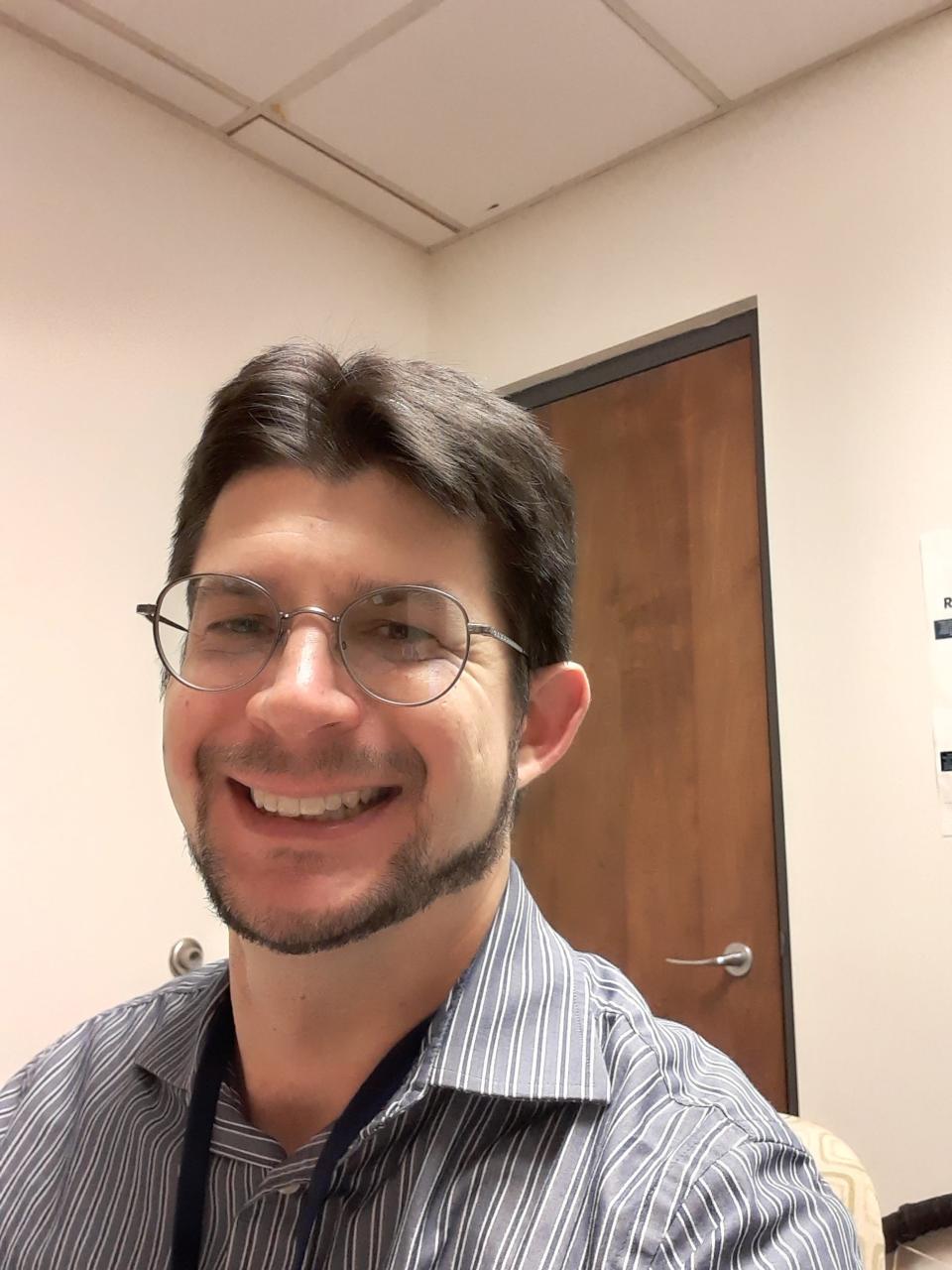Jordan: Questions and contemplations about Hopewell era writing
Newark Earthworks visitors sometimes ponder the spans of time necessary for ancient people to notice, track, and verify the 18.6-year lunar cycle encoded into the Octagon. How could this feat be accomplished without writing?
This question also interests me as an English professor. While a definitive answer may be impossible, we should reframe the question as less about writing versus oral story-telling than the overlap between them.
To talk about writing 2,000 years ago is to talk not about print but manuscript traditions. The difference is between producing books through the innovation of moveable-type and copying a text by hand. A printed book run creates many identical books. In contrast, copying by hand produces only one book, which might contain a variety of errors with skipped words or lines, dropped letters, and altered syntax. Think of copying notes off a chalkboard or a long quotation from a textbook.
Mary Carruthers’ The Book of Memory describes how manuscript cultures’ practices overlap with oral story-telling techniques. Given the commitment of time and resources for sometimes-unreliable manuscript copies, Carruthers argues that ancient and medieval scholars could employ mnemonic devices to memorize books, for instance, associating a word or concept with each finger or joint on their hands. Important to this understanding of memorization is that it extends to remembering a series of points, not just remembering something verbatim. When applying mnemonic techniques, remembering the contents of a manuscript or an oral tradition becomes much more sophisticated than a game of telephone.

Comparable mnemonic techniques were available to early Indigenous cultures in North America, whether working from their own “manuscript” traditions or oral story-telling. The question of why more Indigenous knowledge isn’t preserved relates to what can break these traditions. The destruction of unique manuscripts in European and African libraries by fire, natural disasters, and warfare happens to this day. The deaths of people end oral traditions, which is what happened in the Americas when European diseases killed as many as 90% of the Indigenous peoples. Furthermore, expecting Indigenous people to freely share their stories overlooks the elements of trust and community that come with group story-telling, arguably strengths of oral traditions.
Still, where Indigenous stories are written down—especially by Indigenous transcribers—there are underlying oral echoes to notice. Such is the case with the Ojibwe collection The Mishomis Book, by Edward Benton-Banai. “Mishomis” means “grandfather,” so the book’s very title takes on the character of intergenerational story-telling. The book makes this grandfather character literal by using what’s called a frame—a story within a story—where a grandfather narrator addresses readers as if they are grandchildren listening to traditional tales. Finally, the grandfather uses birchbark scrolls as a source for his stories. The reference is interesting for two reasons. First, birchbark scrolls are one medium that archaeologists theorize for Hopewell writing. Even more intriguing is the grandfather’s phrasing: “They will help me remember some of the details.” The scrolls are not the sole source of the tales but an aid to remembering them.
I don’t claim The Mishomis Book is a key to understanding earthworks, but it does provide a fascinating glimpse of Indigenous story-telling and its deep oral roots. The Newark Earthwork Center’s Director John Low (Pokagon Band of Potawatomi) once shared with me how the images in Inuit scrimshaw can be a form of writing if details are understood as mnemonic devices, and this understanding of writing can extend to other mediums. When once questioned about writing during a tour, Dr. Low gestured to the Octagon’s walls and said, “You want writing? This is the writing.”
Dr. Tim Jordan has worked various positions in interpretation and site management for Flint Ridge Ancient Quarries and Nature Preserve and the Newark Earthworks. He is also on the English faculties of Ohio University Zanesville and Zane State College and is a seminarian at Trinity Lutheran Seminary.
This article originally appeared on Newark Advocate: Jordan: Questions and contemplations about Hopewell era writing

